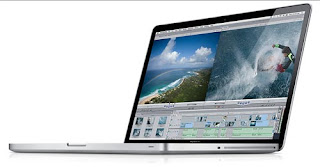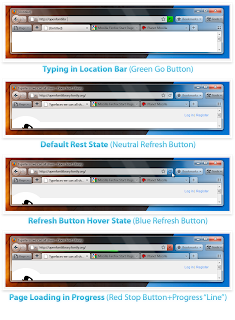Scientists have created the world’s first practical artificial leaf that can turn sunlight and water into energy, which they claim could pave the way for a cheaper source of power in developing countries like India.
A team at Massachusetts Institute of Technology says that the artificial leaf from silicon, electronics and various catalysts which spur chemical reactions within the device, can use sunlight to break water into hydrogen and oxygen which can then be used to create electricity in a separate fuel cell.
“A practical artificial leaf has been one of the Holy Grails of science for decades. We believe we have done it. And placed in a gallon of water and left in sun, these artificial leaves could provide a home in the developing world with basic electricity for a day,” Daniel Nocera, who led the team, said.
He added: “Our goal is to make each home its own power station. One can envision villages in India and Africa not long from now purchasing an affordable basic power system based on this technology.”
For their research, the scientists identified a set of inexpensive, common catalysts including nickel and cobalt that get the job done with far less expense. And, in the laboratory their playing-card-sized leaves have worked continuously for 45 straight hours without a drop in output.
Though in laboratory, an artificial leaf prototype could operate continuously for at least 45 hours without a drop in activity, the scientists say that they will next try to boost both efficiency and lifespan of their photosynthetic material.
The findings were presented at the National Meeting of the American Chemical Society.





























